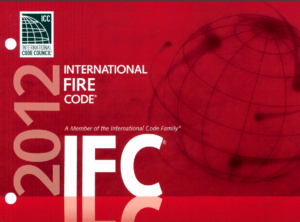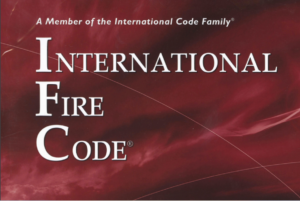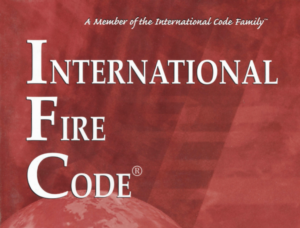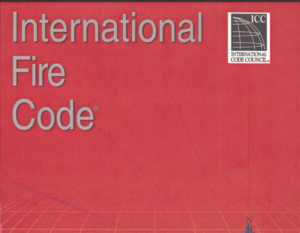The 2022 edition of NFPA 10, the Standard for Portable Fire Extinguishers, incorporates the collective expertise of the Technical Committee on Portable Fire Extinguishers. It was finalized after discussions during the NFPA Technical Meeting from June 14 to July 2, 2021, and officially issued by the Standards Council on August 26, 2021. This standard has been recognized as an American National Standard as of September 15, 2021.
This document has a long history of revisions to adapt to new safety protocols and technologies, with its initial version drafted in 1921. Subsequent editions, particularly from 1965 onwards, have consistently refined the guidelines for the installation, maintenance, and use of portable fire extinguishers. Notably, the 1974 edition reintegrated separate prior texts, and significant updates in later years further streamlined and enhanced the standard’s clarity and practical applicability.
The 2022 edition introduces several key updates aimed at improving safety and usability. It reorganizes sections related to the selection of fire extinguishers to provide clearer guidance on choosing the right extinguisher for specific hazards, supported by detailed examples in the annex section. It also clarifies visibility and labeling requirements to ensure fire extinguishers are easily accessible and their maintenance records are up to date. Additionally, the standard specifies that defective gauges and distorted cylinders should be replaced and condemned, respectively, and it updates the requirements for maintaining electronic monitoring systems.
These changes reflect ongoing efforts to ensure the standard remains relevant and effective in addressing the risks associated with fire emergencies, emphasizing ease of use, maintenance, and regulatory compliance.






